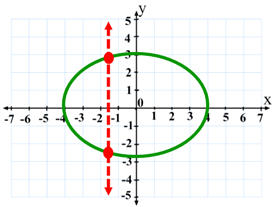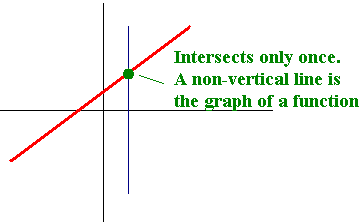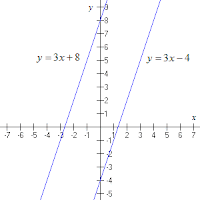I would like to welcome all students, teacher, parents,and others to my blog. This blog gives you help on certain topics of 8th grade pre-algebra and other topics of 8th grade math. Here is a list of Georgia performance standards that I have addressed: M8AN1 Elements: g.,j.
M8A2 Element: c.
M8A3 Element: c.
M8A4 Elements: c.,d.
M8A5 Elements: b.,c.
M8G1 Element: a.,b.
You can also find this list in the archive to your right, but they are not in the order that I have just given you. I advise everyone to take notes, frequently.
Now, 8th grade math can be a challenge for you and others but with a little practice you can conquer it.
The creators drive:
This was a math project that I thougt went well. I believe my explanations went well. Also I heavily encouraged the students. My math teacher, Ms. Crew, was the foundation in order for me to greatly explain to you. So I hope you enjoy. Oh, and please post comments about the blog under an element. (If you want to learn alittle about me read my short autobiography.)
M8A2 Element: c.
M8A3 Element: c.
M8A4 Elements: c.,d.
M8A5 Elements: b.,c.
M8G1 Element: a.,b.
You can also find this list in the archive to your right, but they are not in the order that I have just given you. I advise everyone to take notes, frequently.
Now, 8th grade math can be a challenge for you and others but with a little practice you can conquer it.
The creators drive:
This was a math project that I thougt went well. I believe my explanations went well. Also I heavily encouraged the students. My math teacher, Ms. Crew, was the foundation in order for me to greatly explain to you. So I hope you enjoy. Oh, and please post comments about the blog under an element. (If you want to learn alittle about me read my short autobiography.)
 This is a relation because the vertical line hits the figure more than once, and the coordinates domains repeats.
This is a relation because the vertical line hits the figure more than once, and the coordinates domains repeats.  This is a function because the vertical line hits the figure only once and it coordinates domains do not repeat. (Don't let linear and non-linear lines confuse you.)
This is a function because the vertical line hits the figure only once and it coordinates domains do not repeat. (Don't let linear and non-linear lines confuse you.)

